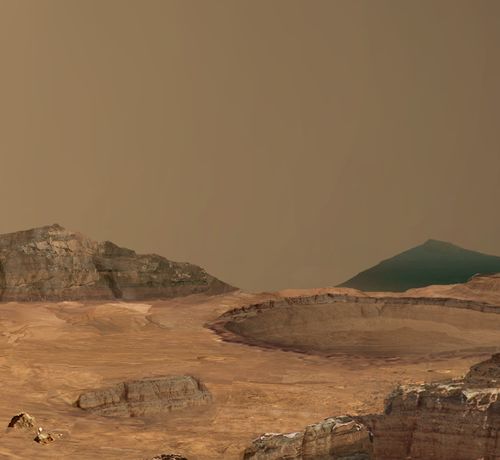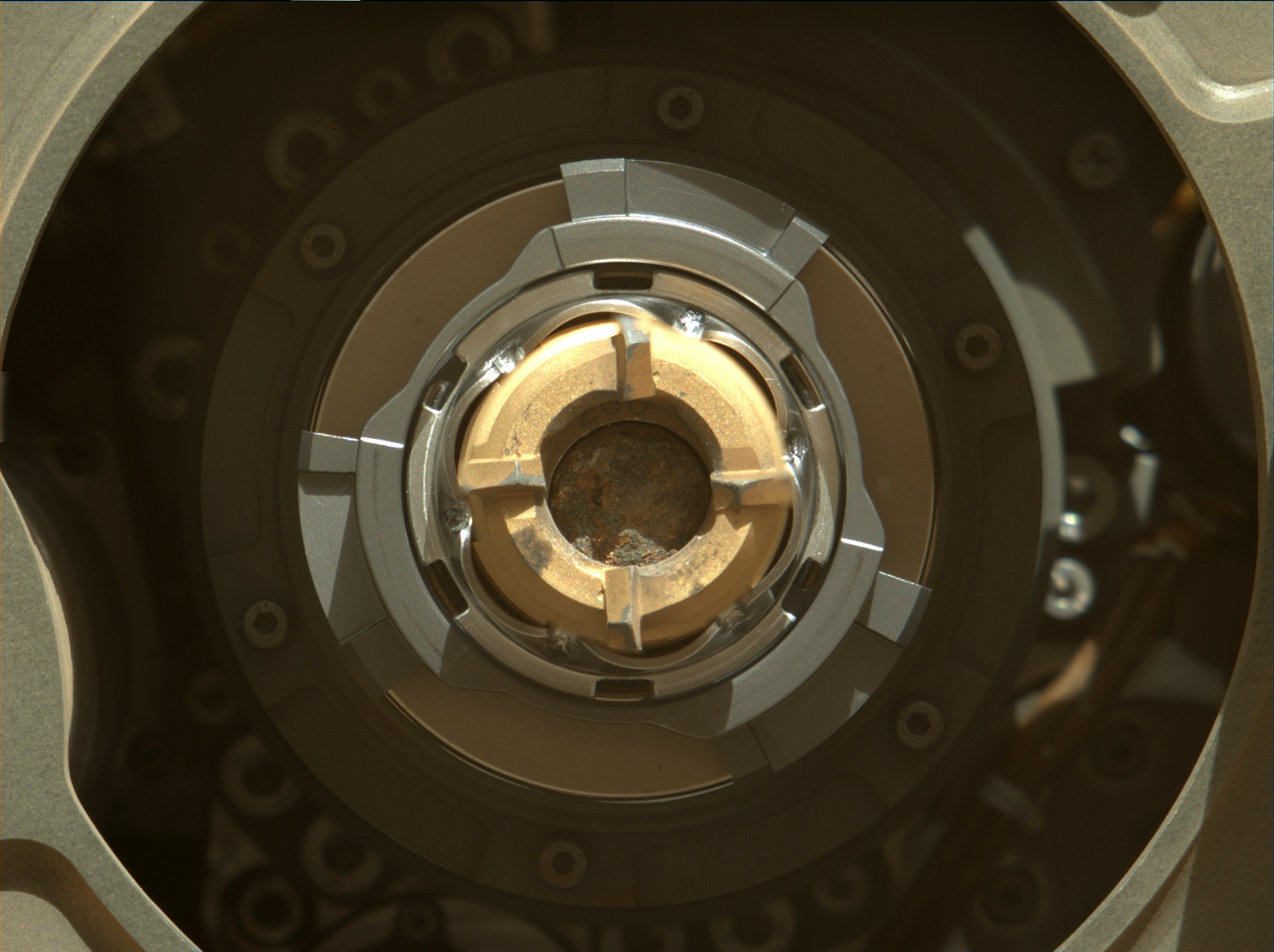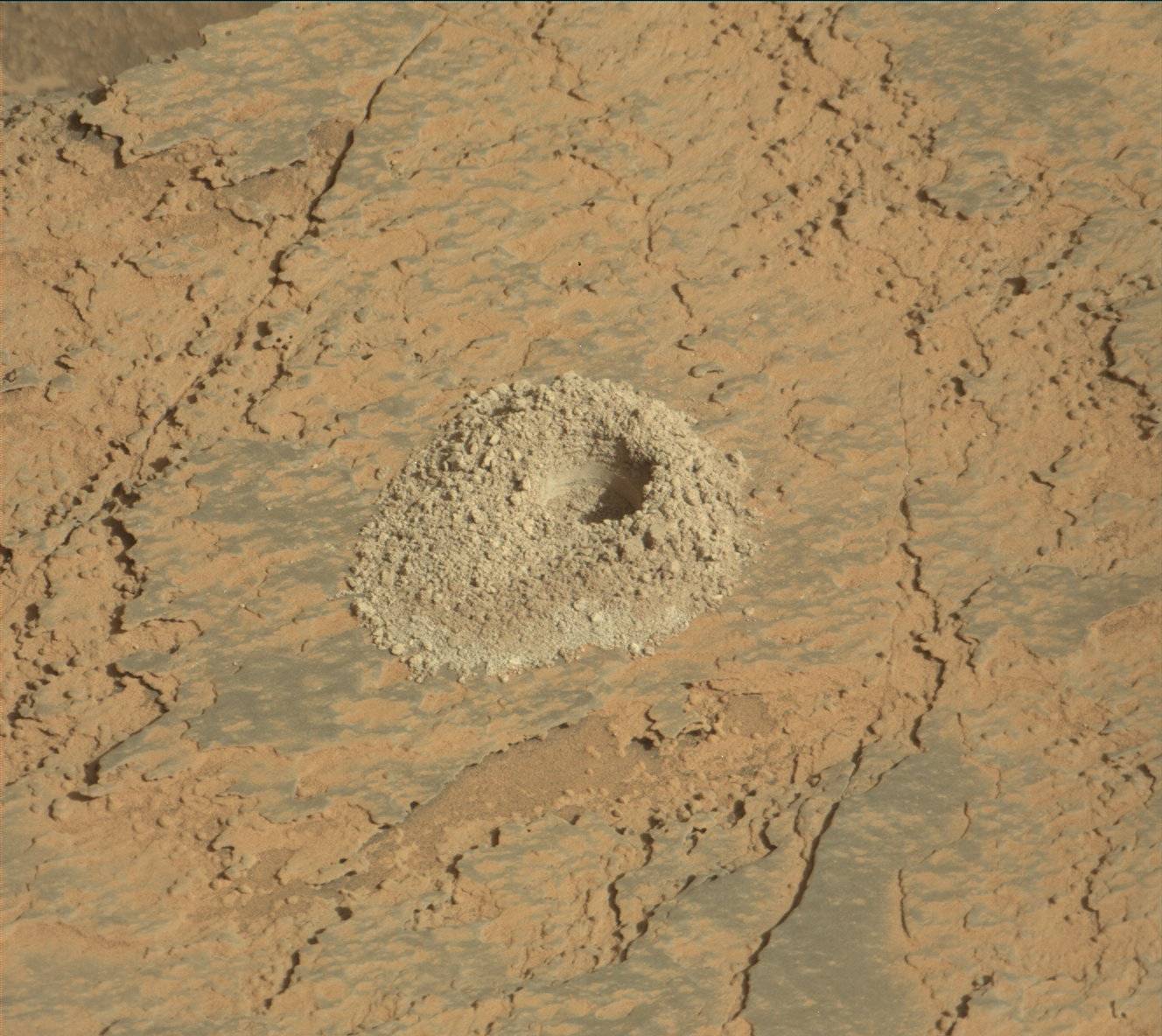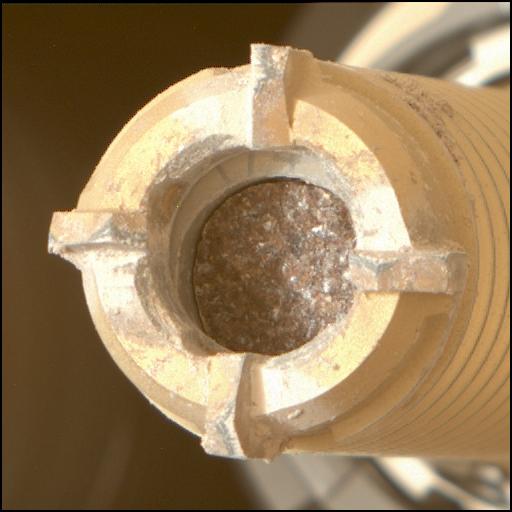Mars 2020: Perseverance Rover - NASA Science (original) (raw)
July 25, 2024
NASA’s Perseverance Rover Scientists Find Intriguing Mars Rock
The six-wheeled geologist found a fascinating rock that has some indications it may have hosted microbial life billions of years ago, but further research is needed.
July 25, 2024
NASA’s Perseverance Rover Scientists Find Intriguing Mars Rock

Experience Earth, our solar system, nearby asteroids, the universe, and the spacecraft exploring them with immersive real-time 3D web-based apps for Mac, PC and mobile devices.
NASA/JPL-Caltech/VTAD
IMAGE FEATURE
Perseverance’s Selfie With ‘Cheyava Falls’
NASA’s Perseverance Mars rover took this selfie, made up of 62 individual images, on July 23. A rock nicknamed “Cheyava Falls,” which has features that may bear on the question of whether the Red Planet was long ago home to microscopic life, is to the left of the rover near the center of the image.
IMAGE FEATURE
Perseverance’s Selfie With ‘Cheyava Falls’

Landing Site: Jezero Crater
NASA chose Jezero Crater as the landing site for the Perseverance rover. Scientists believe the area was once flooded with water and was home to an ancient river delta. The process of landing site selection involved a combination of mission team members and scientists from around the world, who carefully examined more than 60 candidate locations on the Red Planet. After the exhaustive five-year study of potential sites, each with its own unique characteristics and appeal, Jezero rose to the top.
Jezero Crater tells a story of the on-again, off-again nature of the wet past of Mars. More than 3.5 billion years ago, river channels spilled over the crater wall and created a lake. Scientists see evidence that water carried clay minerals from the surrounding area into the crater lake. Conceivably, microbial life could have lived in Jezero during one or more of these wet times. If so, signs of their remains might be found in lakebed or shoreline sediments. Scientists will study how the region formed and evolved, seek signs of past life, and collect samples of Mars rock and soil that might preserve these signs.
Jezero Crater is 28 miles (45 kilometers) wide, and is located on the western edge of a flat plain called Isidis Planitia, which lies just north of the Martian equator. The landing site is about 2,300 miles (3,700 kilometers) from Curiosity's landing site in Gale Crater.
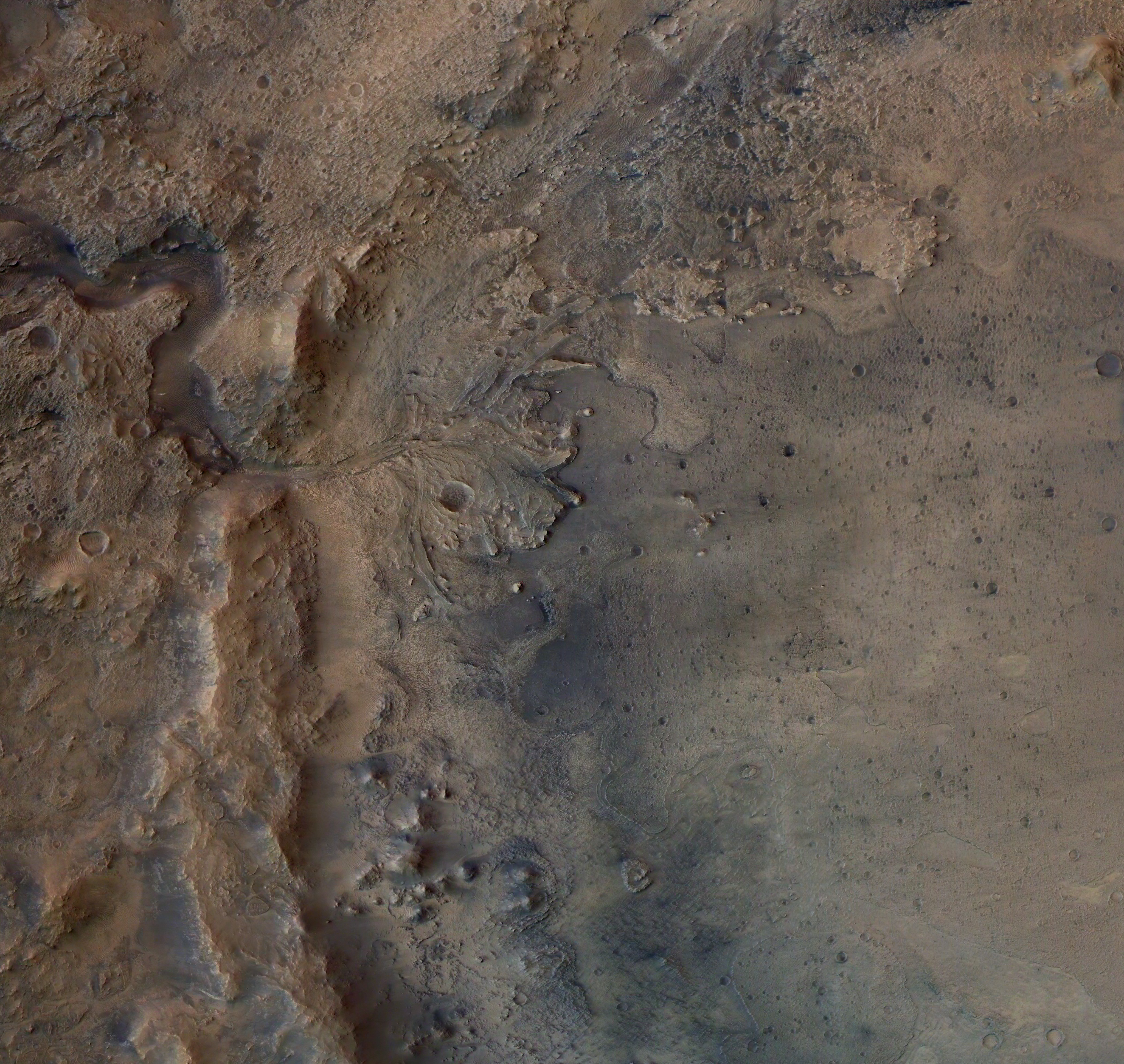
This image shows the remains of an ancient delta in Mars' Jezero Crater, which NASA's Perseverance Mars rover will explore for signs of fossilized microbial life.
ESA/DLR/FU-Berlin
Sounds of Mars
Grab your headset, turn up the volume and listen for the subtle differences between the sounds on Earth versus how they would sound on the Red Planet.
Objective
The Perseverance rover will search for signs of ancient microbial life, which will advance NASA's quest to explore the past habitability of Mars.
Science
The rover’s mission has four science objectives: Studying Mars' Habitability, Seeking Signs of Past Microbial Life, Collecting and Caching Samples, and Preparing for Future Human Missions.
Raw Images
View raw images sent back by Perseverance from its explorations on Mars.
Resources
Visit the one-stop-shop for all Perseverance media.
Mission Updates
Read updates provided by self-selected Mars 2020 mission team members who love to share what Perseverance is doing with the public.
Featured Video
Mars Rock Samples: The Stories They Could Tell
NASA's Mars Perseverance rover is building a unique rock collection, which also includes samples of Mars atmosphere and loose surface material. These samples record the history of the Jezero Crater landing site, and may even preserve signs of ancient life. Learn more about these precious samples, which Mars Sample Return could deliver to Earth for detailed study in the future.
Mars Ingenuity Helicopter
Strapped to the rover's belly for the journey to Mars was a technology demonstration — the Mars Helicopter, Ingenuity, which completed 72 historic flights making it the first aircraft to achieve powered, controlled flight on another planet.
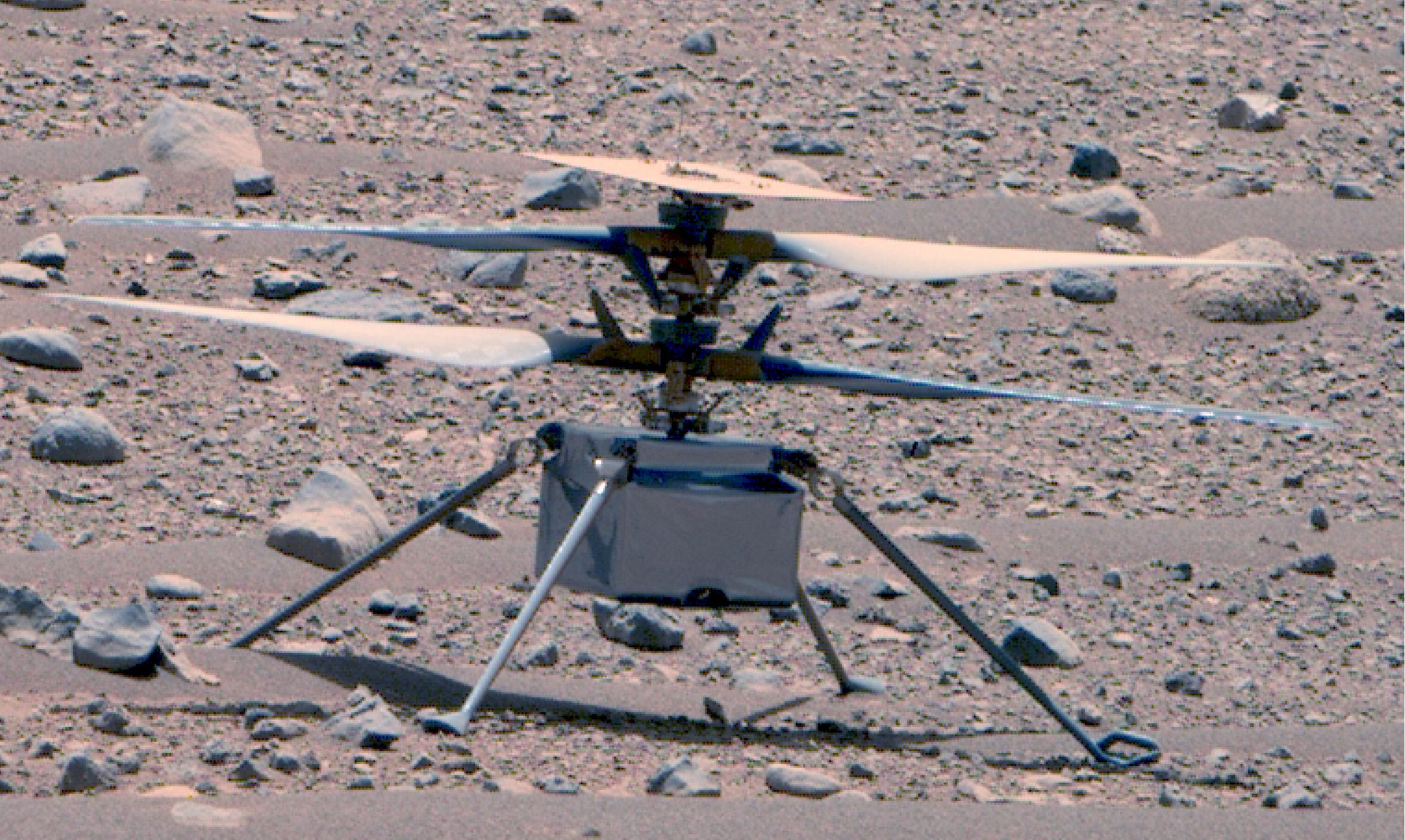
This enhanced color image of NASA's Ingenuity Mars Helicopter was taken by the Mastcam-Z instrument aboard Perseverance on April 16, 2023
NASA/JPL-Caltech/ASU/MSSS
